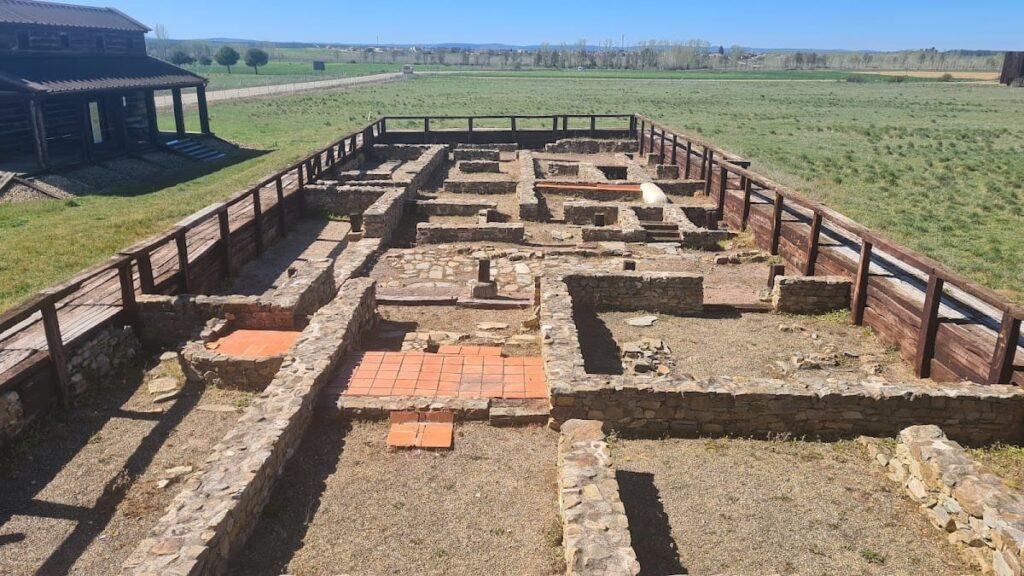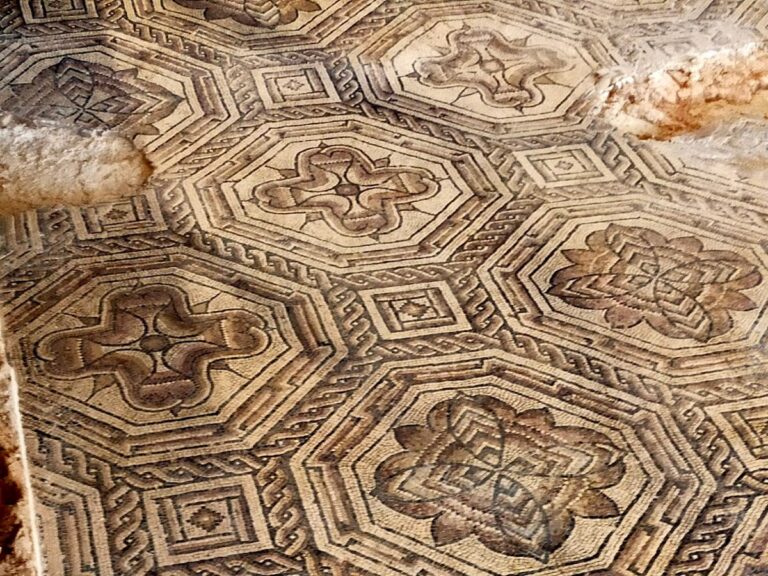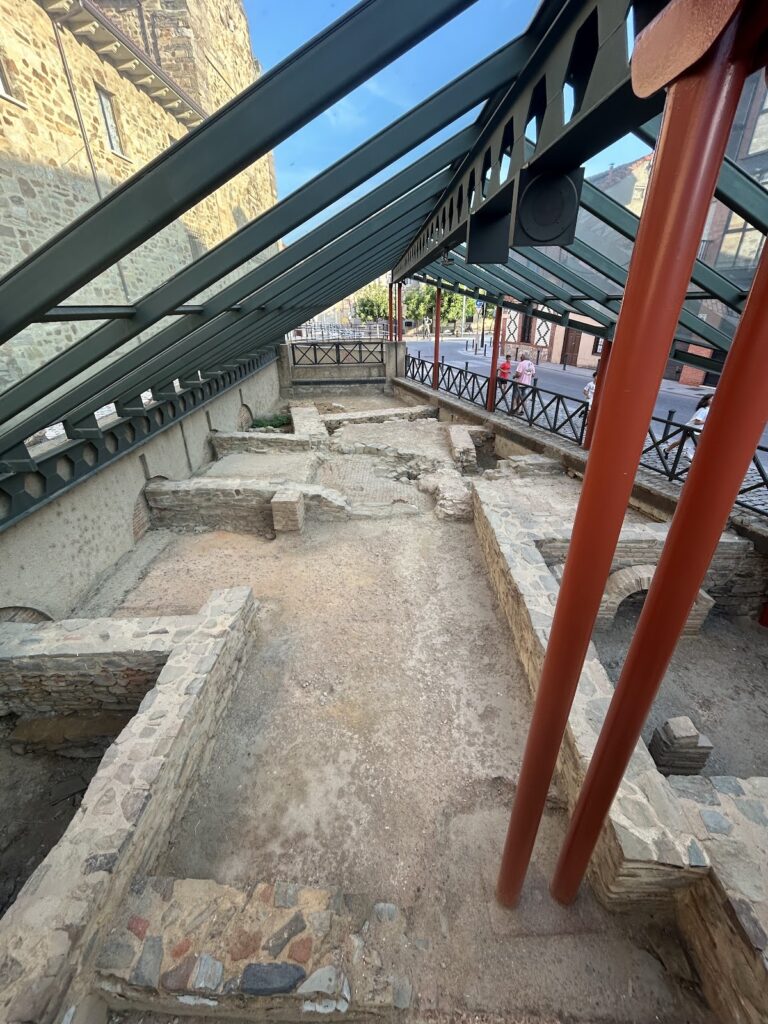Petavonium Roman Camp: A Military Fortress in Northwestern Spain
Visitor Information
Google Rating: 4.4
Popularity: Low
Google Maps: View on Google Maps
Country: Spain
Civilization: Roman
Remains: Military
History
Petavonium Roman Camp is located near Santibáñez de Vidriales in the province of Zamora, Spain. It was established by the Romans during their expansion into the northwestern Iberian Peninsula. The site served as a military fortress to control the southern part of the Asturian region and to oversee important routes connecting the provinces of Gallaecia, the Douro valley, and Lusitania.
The camp was first built by the Tenth Legion, known as Legio X Gemina, during the Asturian and Cantabrian wars in the late 1st century BCE. Its initial purpose was to secure Roman control over the area and to monitor the transport of gold from nearby mining regions such as Las Médulas and Cavenes. The original fortress covered about 20 hectares and attracted a mixed population of local Hispanics and Italian settlers. This led to the growth of a civilian settlement, or canabae, around the military camp, which expanded to roughly 80 hectares and became one of the largest urban centers in the Asturian territory during the 2nd and 3rd centuries CE.
After Legio X Gemina left the site in 63 CE, Petavonium experienced a period of decline. However, it recovered under the Flavian dynasty, likely during the reign of Emperor Domitian (81–96 CE). At this time, the Ala II Flavia Hispanorum civium romanorum, a cavalry unit, was stationed in the old legionary barracks. This smaller military presence maintained control over the region and continued to occupy the site into the Late Roman Empire.
During the later imperial period, possibly from the time of Emperor Diocletian (late 3rd to early 4th century CE), the cavalry unit was reorganized as Cohors II Flavia Pacatiana. This unit remained active at Petavonium until at least the end of the 4th century, as recorded in the Notitia Dignitatum, a Roman administrative document listing military units and their locations.
The civilian settlement around the camp is mentioned in the Antonine Itinerary, an ancient Roman road map, as a mansio, a type of official stopping place for travelers, on the route between Asturica Augusta (modern Astorga) and Bracara Augusta (modern Braga). The site was eventually abandoned in the 5th century due to barbarian invasions that disrupted Roman control in the region.
About two centuries ago, a village named San Miguel existed near the ancient camp. This village disappeared when its last resident moved to the nearby town of Rosinos de Vidriales. The local church dedicated to the valley’s patron saint remains close to the former camp and is administratively part of Rosinos de Vidriales.
Remains
Petavonium’s archaeological remains reveal a fortified military installation that evolved over time. The original camp built by Legio X Gemina covered approximately 20 hectares. Later, the Ala II Flavia Hispanorum occupied a smaller, rectangular walled enclosure of about 4 hectares. This enclosure was surrounded by a defensive ditch, or fossatum, enclosing an area slightly less than 2 hectares.
Among the best-preserved structures is the double-vaulted porta praetoria, the main gate of the camp. Sections of the principia, the headquarters building where administrative and religious activities took place, have also been uncovered. Additionally, the valetudinarium, or military hospital, remains visible, indicating the camp’s capacity to care for wounded soldiers.
Building materials such as bricks and tiles bear stamps from the workshops (figlinae) of Ala II Flavia Hispanorum and Legio VII Gemina. These marks suggest cooperation between different military units in the construction and maintenance of the camp’s structures.
Excavations have yielded a wide range of artifacts, including coins dating from the 1st to the 4th centuries CE, terra sigillata pottery (a type of fine Roman ceramic), common ceramics, and pottery from the nearby Melgar de Tera kiln. Metal objects such as weapons and other military equipment have also been found, reflecting the camp’s martial function.
The civilian settlement that grew around the camp left fewer architectural traces. A Roman fountain is among the scarce remains attributed to this area. Inscriptions related to the camp and its occupants have been discovered, but these are mostly embedded in local houses and churches rather than preserved in their original locations.
Today, the remains of Petavonium provide valuable insight into Roman military presence and urban development in northwestern Spain. The site’s structures, artifacts, and inscriptions collectively document its history from a legionary fortress to a late imperial cavalry base and its eventual abandonment in the early medieval period.










